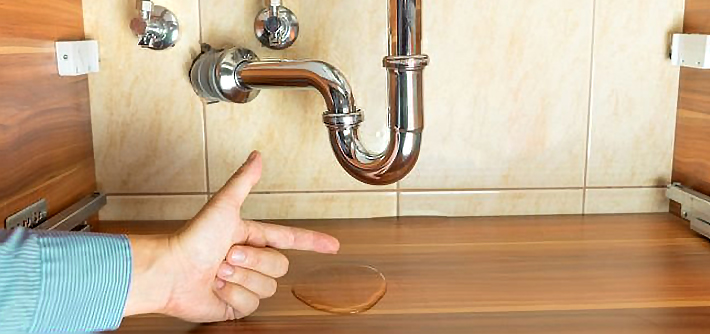
Alexa Compatible Water Sensor's Impact on Automation
Share
In the rapidly evolving world of technology, the introduction of smart home devices has revolutionized how we interact with our living spaces. Among these innovations, the Alexa compatible water sensor stands out as a pivotal tool for safeguarding homes and enhancing automation. This article delves into the significance of this sensor, its functionality, and its potential to transform home management for tech professionals and enthusiasts alike.

Understanding the Alexa Compatible Water Sensor
The Alexa compatible water sensor is a technological marvel designed to detect water leaks and prevent potential water damage. It seamlessly integrates with Amazon Alexa, allowing users to receive instant alerts and control other connected devices through voice commands. Its primary purpose is to ensure that even the smallest leak does not go unnoticed, thus preventing costly repairs and ensuring the safety of your home.
How Does It Work?
The underlying technology behind these sensors is straightforward yet ingenious. Equipped with moisture detectors, these sensors can sense even the slightest presence of water. Once detected, they communicate with your smart home system, sending alerts to your smartphone or smart speaker. This ensures immediate awareness and action.
The Advantages of Integration with Alexa
Connecting your water sensor with Alexa is more than just a convenienceit's an enhancement of home security. When a leak is detected, Alexa can respond by vocalizing alerts, sending notifications, and even activating connected smart plugs or valves to shut off water supply. This serves as a comprehensive solution to prevent water damage progressively.
Enhancing Home Automation
Integrating a water sensor is about transforming a house into a connected ecosystem. The synchronization with Alexa offers a gateway to broader automation strategies. Consider linking your WiFi water leak detector to automatically shut down electronic appliances or switch on dehumidifiers when a leak is detected. It's a step toward a safer and more intelligent home setup.
Installation and Setup
Setting up an Alexa compatible water sensor is tailored for ease. Simply place the sensor in leak-prone areas such as bathrooms, basements, or under sinks. Once positioned, the device syncs with your home's WiFi network, allowing you to control it through the Alexa app or voice commands directly. Simple instructions paired with a user-friendly interface make the whole process seamless.
Choosing the Right Sensor
With numerous options available on the market, selecting the right water sensor involves considering factors such as battery life, range, and smart home compatibility. Researching options like the Digital Water Leak Detector can provide insights into the best features suited for specific needs.
Innovations in Water Detection Technology
The future of water sensors lies in their evolving technology. Enhanced sensor accuracy, better battery performance, and improved integration capabilities are developments to watch. As AI in Water Management continues to advance, we can anticipate even more sophisticated ways to combat water-related issues at home.
Conclusion
The Alexa compatible water sensor is a cornerstone in the realm of smart home devices. For tech professionals and enthusiasts aiming to secure their living spaces, its integration with Alexa provides a holistic solution to water management. By embracing such cutting-edge technology, you not only enhance your home's safety but also contribute to a wave of future-focused living.

FAQ
What Makes an Alexa Compatible Water Sensor Stand Out?
Its ability to integrate seamlessly with Alexa for instant alerts and automated action sets it apart from traditional sensors.
Can These Sensors be Used in Commercial Spaces?
Absolutely, their application is not limited to homes; they are beneficial in office environments, ensuring protection against potential water-related damages.
What Future Features Can We Expect?
Future sensors might incorporate AI-driven decision-making processes for even more efficient and predictive responses to leak detection.
